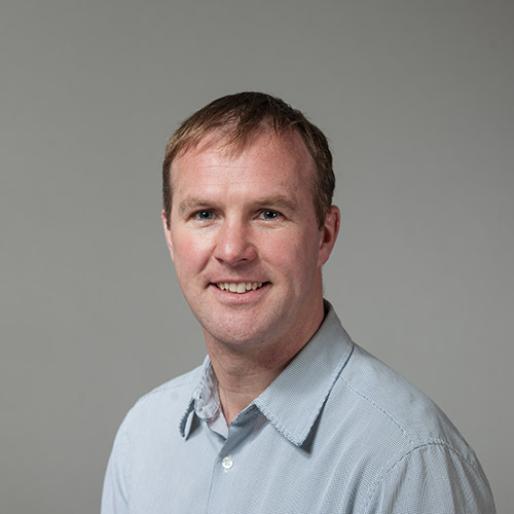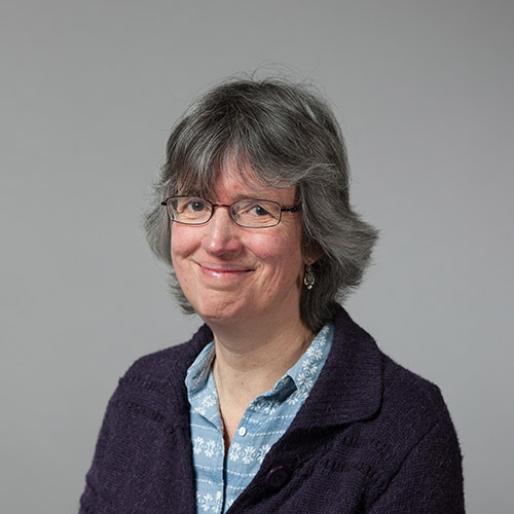The big picture: using wildflower strips for pest control
The long-term soil and crop studies at Rothamsted are famous as the world’s longest running continuous field experiments. Started from 1843 onwards by the founders of Rothamsted, John Lawes and Henry Gilbert, they are an important resource that has been used extensively to investigate the effects of land management, atmospheric pollution and climate change on soil fertility and the sustainability of crop yields.
Soil and plant samples from the experimental plots have been kept continuously for over 180 years, but whilst the meticulous record keeping and attention to scientific detail have remained constant, the experiments themselves have undergone changes. This may seem counter-intuitive: a great part of the scientific value of long-term experiments (LTEs) has been their unchanging nature. This consistency yields valuable insights into the complexity of farming systems, since by holding so many factors (like location and overall land use) constant, other variables can be more easily investigated.
Nevertheless, some changes are required over time. Sometimes these are necessary to ensure that the experiment is not threatened by factors like acidification or weeds. But often changes are needed so that the experiment remains relevant to current agricultural practice, such as the introduction of new cultivars and the judicious use of pesticides. Now a new paper, recently published in the European Journal of Agronomy, sets out what changes have been made and why they were undertaken.
“Changes to the long-term experiments (LTEs) should not be made just for the sake of change or to investigate aspects of management that could be better resolved in a short-term experiment,” says Paul Poulton, the lead author of the paper. “Rather, modifications should only be made after carefully considered discussion, involving scientists from different disciplines.”
This balanced approach can be seen in the oldest experiment at Rothamsted: Broadbalk. Originally set up to study how the application of differing amounts of nitrogen, phosphorus and potassium affected the growth of winter wheat, over time some considered changes have been made whilst other factors held constant. For instance, some fertiliser and manure treatments have been applied on some plots every year since autumn 1843 (except when sections were fallowed). However, ploughing, drilling and harvesting techniques have changed, chalk has been added, and pesticides used, rotations have been included and up-to-date cultivars have been regularly introduced.
“Despite all of these changes the experiment is still recognizably the same and still serving its original purpose,” says Poulton. “We have concluded from 180 years of experience at Rothamsted that carefully thought-out changes can be extremely beneficial. We have learned that LTEs should not be regarded as static museum exhibits that should never be altered.”
Managers of LTEs should be careful to avoid the temptation to include treatments to address every conceivable issue, say the authors. Some questions are better answered by setting up separate shorter-term experiments. In addition, their limitations must also be recognised. The maintenance of crop production in well-managed field plots is no guarantee that the practices used will be equally robust when applied by farmers at large scale in a wide range of environments with differing soil types. Some processes such as soil erosion, water movement or pathogen spread operate at landscape scale and are not easily reproduced in relatively small plots.
The authors also point out that sometimes the only solution to new challenges is to set up brand new LTEs. As interest in agro-ecological approaches has grown, for instance, Rothamsted set up a new set of rotational experiments six years ago incorporating variable treatments such as no-till and cover crops.
“Such new experiments are easier to adjust to address new agricultural practices but inevitably lack the benefit of continuity within a traditional LTE,” says Poulton. “Nevertheless, the intention from the outset is for these new system-based experiments to be long-term platforms and to be incorporated into Rothamsted’s general LTE portfolio. The two styles of experiment each have their own advantages and limitations, and each is strengthened by the existence of the other.”

SOIL SCIENTIST

E-RA CURATOR
Rothamsted Research is the longest-running agricultural research institute in the world. We work from gene to field with a proud history of ground-breaking
discoveries in areas as diverse as crop management, statistical interpretation and soil health. Our founders, in 1843, were the pioneers of modern
agriculture, and we are known for our imaginative science and our collaborative approach to developing innovative farm practice.
Through independent research, we make significant contributions to improving agri-food systems in the UK and internationally, with
economic impact estimated to exceed £3 bn in annual contribution to the UK economy. Our strength lies in our systems approach, which combines strategic research,
interdisciplinary teams and multiple partnerships.
Rothamsted is home to three unique National Bioscience Research Infrastructures which are open to researchers from all over the world:
The Long-Term Experiments,
Rothamsted Insect Survey and the
North Wyke Farm Platform.
We are strategically funded by the Biotechnology and Biological Sciences Research Council (BBSRC), with additional support from other national and
international funding streams, and from industry. We are also supported by the Lawes Agricultural Trust (LAT).
The Biotechnology and Biological Sciences Research Council is part of UK Research and Innovation, a non-departmental public body funded by a grant-in-aid
from the UK government.
BBSRC invests to push back the frontiers of biology and deliver a healthy, prosperous and sustainable future. Through our investments, we build and support a vibrant,
dynamic and inclusive community which delivers ground-breaking discoveries and develops bio-based solutions that contribute to tackling global challenges,
such as sustainable food production, climate change, and healthy ageing.
As part of UK Research and Innovation (UKRI), we not only play a pivotal role in fostering connections that enable the UK’s world-class research and innovation system
to flourish – we also have a responsibility to enable the creation of a research culture that is diverse, resilient, and engaged.
BBSRC proudly forges interdisciplinary collaborations where excellent bioscience has a fundamental role. We pioneer approaches that enhance the equality, diversity,
and inclusion of talent by investing in people, infrastructure, technologies, and partnerships on a global scale.
The Lawes Agricultural Trust, established in 1889 by Sir John Bennet Lawes, supports Rothamsted Research’s national and international agricultural science through the provision of land, facilities and funding. LAT, a charitable trust, owns the estates at Harpenden and Broom's Barn, including many of the buildings used by Rothamsted Research. LAT provides an annual research grant to the Director, accommodation for nearly 200 people, and support for fellowships for young scientists from developing countries. LAT also makes capital grants to help modernise facilities at Rothamsted, or invests in new buildings.